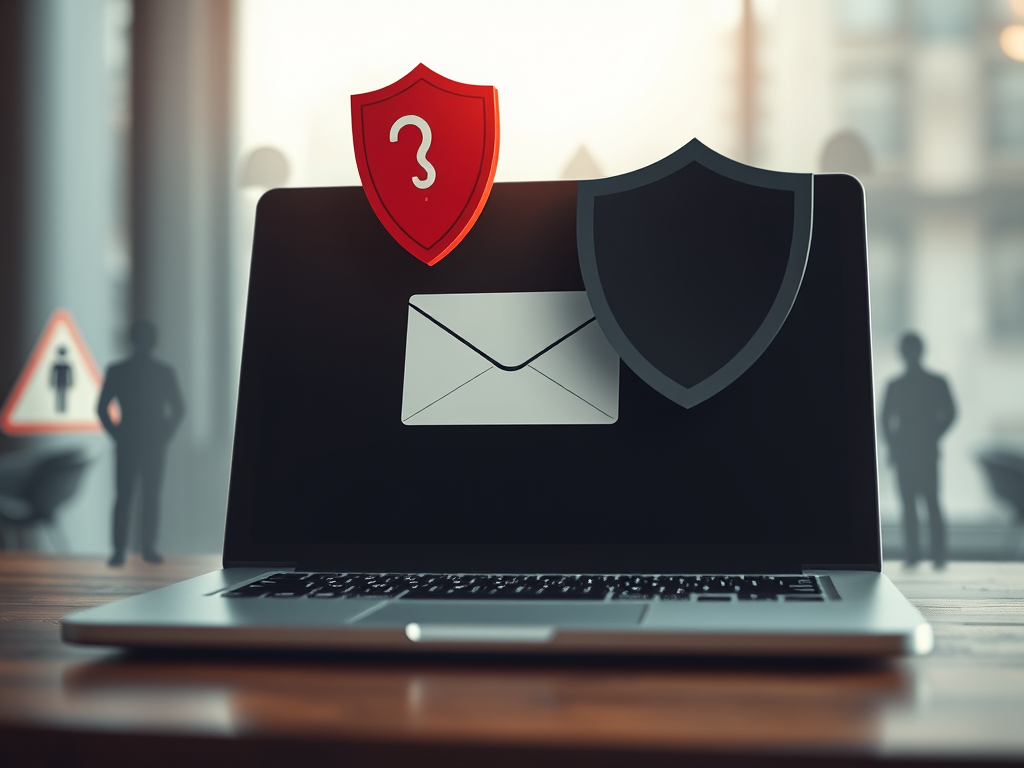Learn effective ways to protect yourself from phishing attacks with practical tips on identifying fraudulent emails, avoiding malicious links, and securing your personal information online.
Introduction
Phishing can be defined as an activity to obtain private information from a person using electronic communication. This may easily lead you to a critical condition considering that the information taken out can be very confidential such as bank account or credit card details. This fraudulent activity has often been performed using email technology. Although it seems to originate from a legitimate business such as PayPal, the content can actually send someone to a false domain.
In addition to electronic mail, another common medium that is often used by phishers to conduct this activity includes instant messaging. A trick called keylogging is also often implemented by phishers. Making use of keylogging software, a special tool designed to track your keyboard operations, a phisher can uncover your username, password or other vital info without difficulty. There are even programs that come with the capability to capture all the things displayed on your pc screen.
The growing number of software mainly created to gain access to confidential data has proven that such a danger cannot be taken lightly. Worse, the stolen details are often stored in FTP hosts meaning they can be found by lots of people around the globe. Quite simply, your private details such as your email account information could end up in cyberspace.
Tips to Secure
To secure your personal machine from this kind of threat, you should install reliable anti-virus software. Other sorts of security programs you should utilize are spam blockers and personal firewalls. A spam blocker can help you avoid receiving phishing emails. A firewall, as the name indicates, can minimize unwanted access to or from a PC. There are also web browser toolbars that include a feature to help you recognize phishing websites.
Other than setting up such protection tools, there are some other practices you should take. For instance, it is strongly advised to never generate the exact same password and also username for different sites. An additional protection is to never click on hyperlinks in an email message. Simply type the link directly into the web browser. Such links in many cases are employed by scammers to direct you to false websites.
Conclusion
Also, remember that it is uncommon for financial institutions to request personal data via electronic mail. Just contact them directly via phone to verify. Furthermore, fraudulent emails normally do not personalize their messages. One additional habit you should build is to close your web browser whenever you arrive at a site where its security certificate number fails to match. As a final point, for no reason be in doubt to report each and every phishing attempt promptly to qualified organizations


